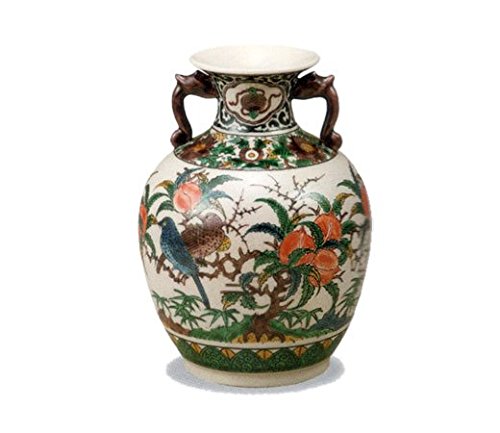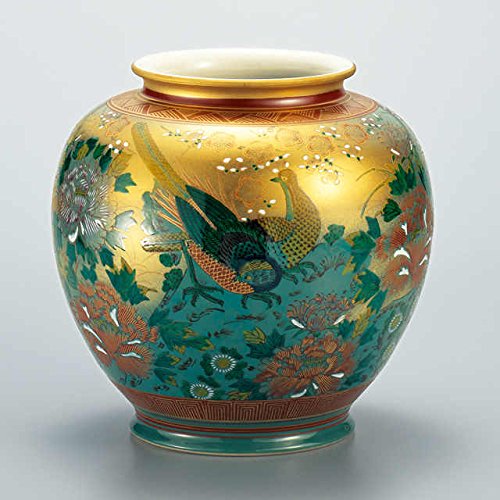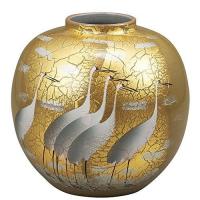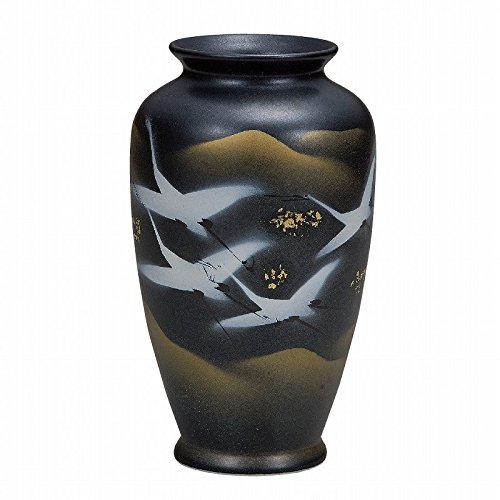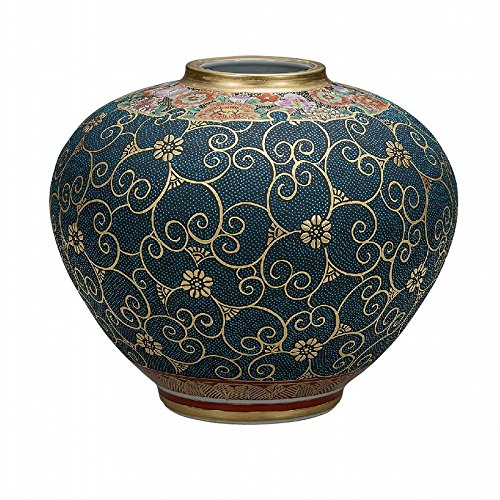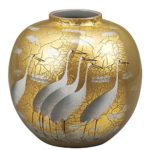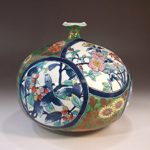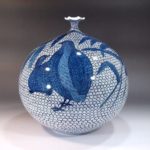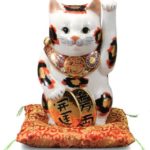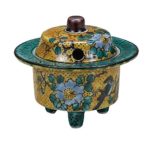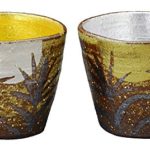Table of Contents
Luxury traditional Japanese Kutani-yaki ceramic vases
The Kutani ware vases even have various figures. All kinds of colors, sizes, patterns, and shapes.
When you get near to the vase and watch carefully, you would notice that it is more delicate. That is due to the unique way to color the ceramics.
Ishikawa Prefecture, the producing area of Kutani ware, flourished as a prosperous cultural region. The crafts of Ishikawa are rich in many colors including gold. But it never loses elegance.
Kutani ware vase
There are both types of pottery (earthenware) and porcelain for Kutani-yaki.
A pottery has an earthy taste. It has a soft and stable air. The vases would be in harmony with the flowers.
Meanwhile, a porcelain vase gives us the thought of metal. It makes the air tense. Whatever gorgeous flowers you arrenge, the vase would lose the presence.
Traditional Old-kutani style
It is said that the aritist Kusumi Morikage (1620-1690) instructed the skill to the Kutani ware craftsmen. That was the Old-kutani which was colored with blue (green), yellow, red, purple, and deep blue. Kutani ware (Old-kutani) had already disappeared one time and revived 80 years ago. The craftsmen still have made the Old-kutani style pottery.
Traditional Yoshida-ya style
Yoshida-ya was one of the klin which devoted to revive Kutani ware. The style uses four colors, blue (green), yellow, purple, and deep green without red. It is a profound pottery.
See more!
Yoshidaya Style Koro incense burner of Kutani-yaki
Patterns
There are lot of patterns of Kutani-yaki. I would like to introduce the representative themes.
Birds and flower
Look for more…
Crane
Dot
Mountains
Kutani-yaki (ware)
The history of Kutani-yaki began in 1655.
The first Daishoji Domain lord Maeda Toshiharu made Goto Saijiro learn the technique of Arita (Imari) ware and start the pottery industry in his domain. The name of the village where the porcelain stone was produced was Kutani. So, they called the porcelain as “Kutani-yaki”.
The old Kutani ware has a feature of a green body. And the craftsmen took advantage of the color as one of the paints. Otherwise, the style using five colors, green, yellow, purple, red, and navy was famous old Kutani.
Though the pottery gained the reputation, the industrials disappeared from the Daishoji Domain just some 50 years after. The apparent reason hasn’t come out yet. But the researchers gather that it is the financial difficulties or policy shift of the domain.
After about 100 years of the passing, the movement of the renaissance came off. It brought forth the master craftsmen who created porcelain with red as based color or gold lines.
Since then, the Kutani plate and vase gained popularity around the world as a work of art. On the other hand, Japanese people love the pottery as a tableware for everyday life.




